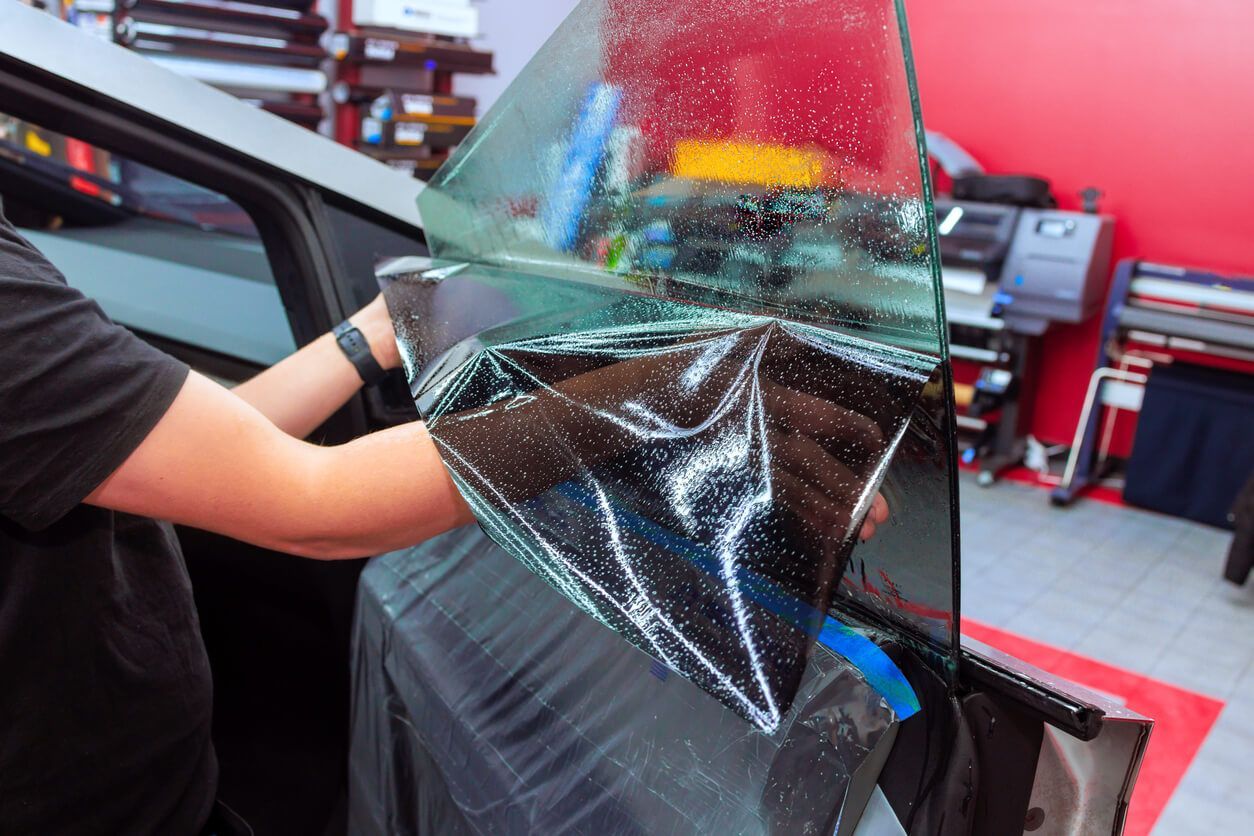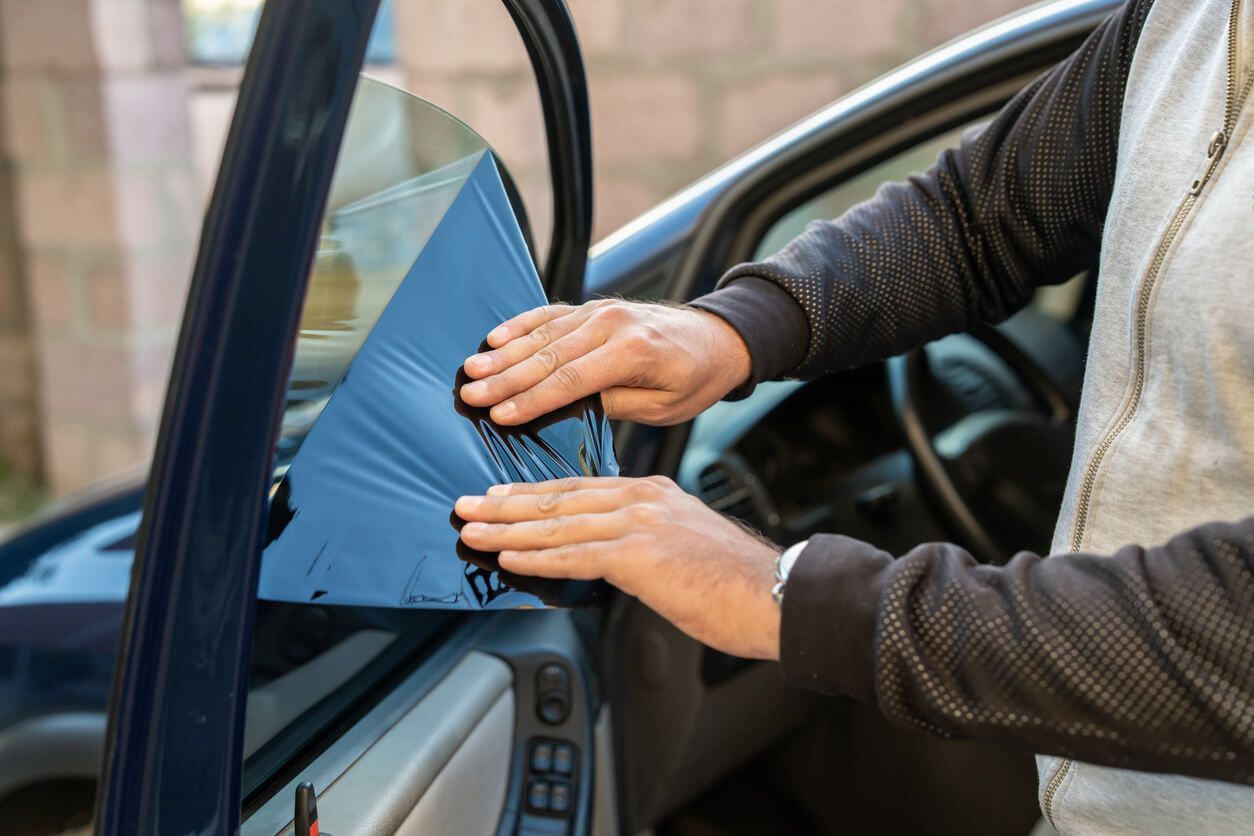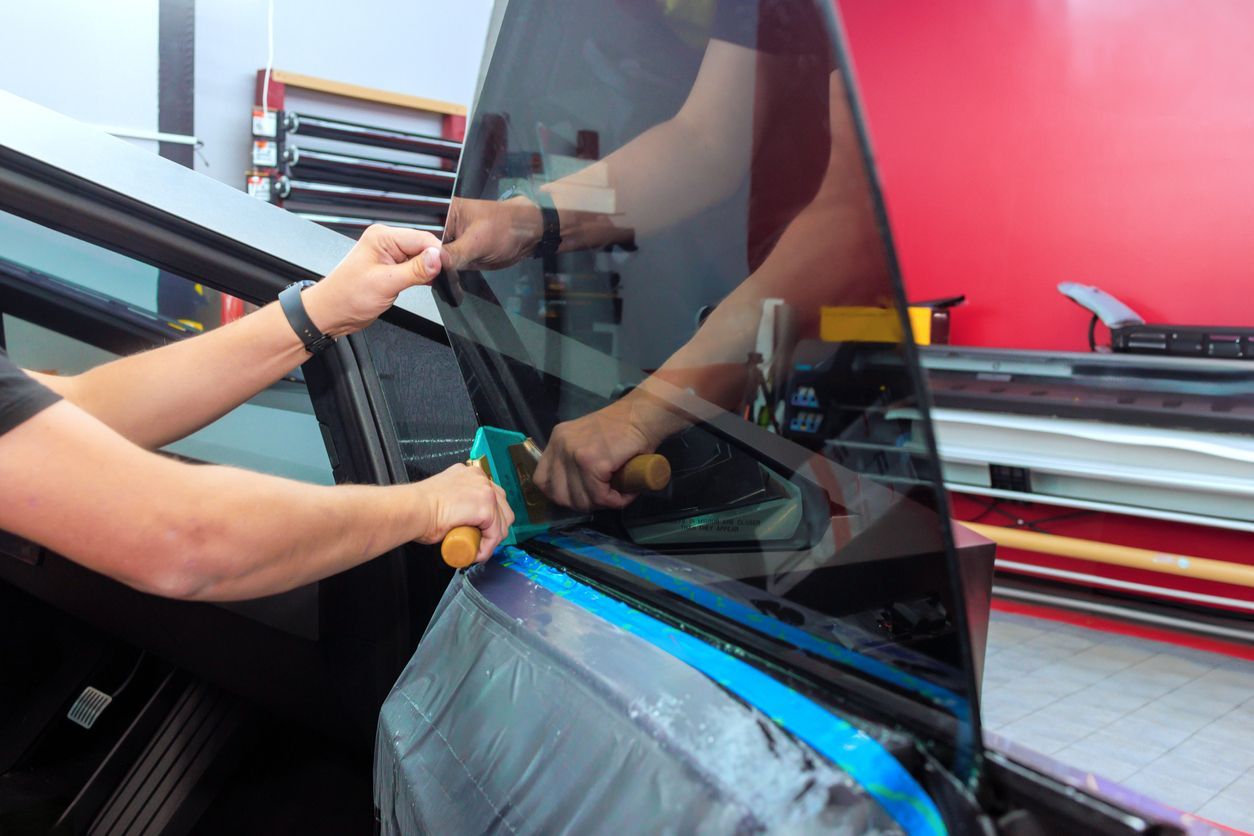The Best Car Window Tint Options: Ceramic, Carbon, and More

Selecting the best window tint for cars is more than just a cosmetic update—it can transform your driving comfort, boost your vehicle’s appearance, and even enhance your car’s value over the years. With relentless Texas sun and heat, San Antonio drivers especially benefit from choosing tints that truly perform. In a rapidly evolving window tint market, drivers often wonder what the best window tint for cars is and what makes one film better than another for their needs.
With decades of hands-on expertise and access to premium products from industry-leading brands, Premier Window Tinting is devoted to helping you make a smart, confident choice. We’ve created this comprehensive guide to highlight the most essential features and differences among ceramic, carbon, dyed, and metalized films so you can feel great about your decision.
What to Look for in the Best Window Tint for Cars
Choosing among the various types of window tint films means weighing what’s most important to you: protection, performance, style, or budget. Here are the key factors every car owner should consider:
- UV Protection: The best window tints block up to 99% of harmful UV rays. This advanced protection guards your skin from the sun’s radiation and keeps your car’s interior, seats, dash, and trim from fading or cracking.
- Heat Rejection: Look for films that effectively reject heat and keep the cabin cool in San Antonio’s extreme summer heat. Fewer hot spots mean less air conditioning use and better fuel efficiency.
- Glare Reduction & Visibility: High-quality window tints reduce glare from the sun and headlights but maintain outstanding clarity for comfortable, safe driving day or night.
- Durability: A long-lasting film should resist peeling, bubbling, discoloration, and cracking. Choosing a durable film means your investment will deliver long-lasting protection and performance year after year.
- Local Regulations: Always ensure your tint complies with Texas laws for visible light transmission and legal shades. Street-legal tinting protects you from hassles and fines.
- Style and Aesthetic Appeal: Choose from a range of finishes and shades that complement your vehicle’s look while matching your privacy and comfort preferences.
Comparing Ceramic, Carbon, Dyed, and Metalized Window Tints
With so many options on the window tint market, many car owners ask, “What is the best window tint for cars?” The answer depends on several factors. Ceramic, carbon, dyed, and metalized tints offer specific benefits, from advanced UV protection and heat rejection to affordability and style. Understanding the differences between these popular tint types will help you make the right choice for your vehicle.
Ceramic Window Tint
Ceramic tints are engineered with nano-ceramic particles that offer exceptional heat rejection and UV protection, blocking up to 99% of harmful rays. They help keep your car cooler, provide outstanding clarity, and won’t interfere with electronic signals. With impressive durability, ceramic films remain clear and resist fading over time, making them an excellent choice for drivers seeking industry-leading performance, comfort, and long-term value.
Carbon Window Tint
Carbon films offer excellent protection against heat and UV rays, while providing your vehicle with a sleek, matte appearance that won’t fade over time. These films do not interfere with electronics, making them a reliable option for daily driving. They’re ideal for car owners who want consistent style, effective heat blocking, and durable performance without the metallic look.
Dyed Window Tint
Dyed tints absorb sunlight to help reduce glare and deliver basic UV protection, all at a budget-friendly price point. They add style and increase privacy, though they offer less heat rejection and are more likely to discolor or fade over time compared to premium options. Dyed films are ideal for those seeking an affordable way to enhance appearance and achieve moderate comfort improvements.
Metalized Window Tint
Metalized films are infused with microscopic metallic particles that reflect sunlight, providing strong heat rejection and added window strength for increased safety. While they offer a reflective look and improved durability, the metallic content can sometimes interfere with radio, GPS, or cellular signals. These films are a great choice for drivers who value extra reinforcement and a distinctive style, but do not rely heavily on electronic connectivity.
| Type | Heat Rejection & UV Protection | Appearance | Signal Interference | Durability | Ideal For |
|---|---|---|---|---|---|
| Ceramic | Exceptional heat rejection; Blocks up to 99% UV rays | Clear, non-reflective finish; Maintains clarity and style | None – won't interfere with electronics | Highly durable; resists fading and discoloration | Those seeking peak performance, comfort, and long-term value |
| Carbon | Excellent heat and UV protection | Sleek, matte appearance; Won't fade over time | None – safe for electronics | Long-lasting; maintains appearance | Owners wanting a consistent style and reliable heat blocking |
| Dyed | Basic UV protection; Modest heat reduction | Adds style and privacy; Range of shades available | None | Prone to fading and discoloration over time | Those seeking affordability and improved appearance |
| Metalized | Strong heat rejection and UV protection | Reflective, shiny finish; Distinctive style | Possible interference with radio, GPS, and cellular signals | Durable and strengthens windows | Drivers wanting extra window strength and a reflective look |
Why UV Protection, Heat Rejection, and Durability Matter
Quality window tint films don’t just look good—they protect your vehicle, your health, and your driving comfort for the long haul. Extensive UV protection prevents sun damage and fading inside your car and reduces your risk of skin damage. Superior heat rejection ensures a cooler cabin, eases the load on your air conditioner, and can increase fuel economy.
With a durable film, like ceramic or carbon, you’ll enjoy these benefits for years without worrying about peeling, bubbling, or yellowing.
Why Trust Professional Tint Installers?
While DIY kits exist, they often can’t deliver the consistent results and warranty protection that come with certified professionals. Here’s why expert installation is essential:
- Expert Knowledge: Professionals understand the pros and cons of each tint type, recommend the best window tint film for your car based on climate, vehicle, and local laws, and help you navigate every choice.
- Flawless Application: Certified installers guarantee a clean, precise, and bubble-free finish on every window—maintaining visibility, style, and warranty coverage.
- Warranty Protection: Most premium films include warranties valid only with professional installation, protecting your investment against material or installation defects.
- Legal Compliance: Professionals stay up-to-date on San Antonio and Texas regulations, ensuring your tint is legal and worry-free.
- Ongoing Support: With a trusted installer, you get support long after installation, whether for touch-ups, questions, or future upgrades.
How to Select the Ideal Window Tint Film for Your Car
Searching for the best window tint film for cars involves weighing several essential factors to ensure you get the most value and performance for your investment. Consider how your local climate and driving environment affect your comfort, think about your personal goals for style, privacy, and protection, and keep your budget in mind as you explore different film options.
Taking the time to evaluate these details will help you select a window tint that truly meets your needs and enhances your driving skills and experience. Here’s how to get started:
- Your Environment: Texas drivers benefit from high-heat-rejecting films with strong UV protection, given the state’s intense sunshine and long summers.
- Your Priorities: Do you want the coolest, most comfortable interior, maximum style and privacy, or simply a cost-effective improvement? Each film excels in different areas, and our experienced team can help you match the right product to your specific needs.
- Your Budget: Whether you prefer entry-level dyed films or want to invest in top-tier ceramic, the goal is to balance value and features. We offer solutions for every preference and price range.
Why 3M Film and Premier Window Tinting Make the Difference
When it comes to quality, reliability, and peace of mind, nothing compares to 3M window film. 3M is world-renowned for its innovative technology, outstanding heat and UV protection, and proven durability. As an authorized 3M dealer, Premier Window Tinting uses genuine 3M films—so you can be confident you’re receiving industry-leading protection for your vehicle.
Every 3M window film is backed by a lifetime warranty, ensuring your investment stands the test of time. Trust our certified team for professional installation, premium products, and unbeatable customer service—your satisfaction is always guaranteed.
Transform Your Ride With Expert Window Tinting—Connect for a Personalized Consultation Today!
Selecting the proper window tint film for your car means investing in both style and superior protection. At Premier Window Tinting, we only use premium-grade films installed by certified professionals for guaranteed quality. Our experienced team will guide you through every option to ensure expert installation and results that enhance your vehicle for years. From advanced heat rejection to outstanding UV protection, we deliver industry-leading solutions tailored to your needs and preferences.
Ready to experience enhanced comfort, privacy, and visual appeal every time you drive? Don’t wait—schedule your free consultation today and elevate your driving experience.
Expert Advice on Automotive, Residential, and Commercial Window Tinting






